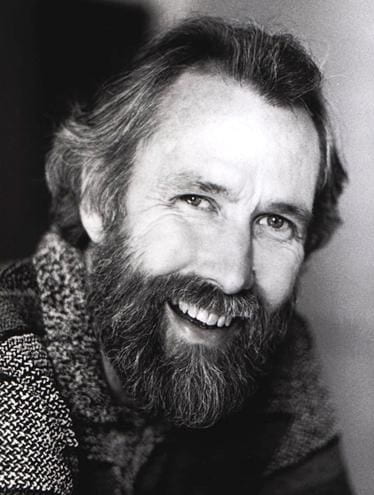
“I’ve always tried to present a positive view of the world in my work. It’s so much easier to be negative and cynical and predict doom for the world than it is to try and figure out how to make things better. We have an obligation to do the latter.”
— Jim Henson
One of the most underappreciated aspects of Jim Henson’s career is its variety. The same man who created an iconic children’s TV show such as Sesame Street was also an avant-garde filmmaker who was nominated for an Academy Award. Henson played with reality on The Muppet Show and faithfully chronicled it in the documentary Youth 68, which was about the changing culture of America in the late 1960s. With the box-office success of the live-action film The Great Muppet Caper in 1979, there seemed to be no medium or genre that Henson could not master and make his own.

Henson’s ambitions escalated with The Dark Crystal, acclaimed by many as the first live-action film that features no on-screen appearances by humans. It tells the story of Jen, the “last” gelfling and his quest to restore the Dark Crystal to bring peace to his world. To do so he’ll have to defeat the evil Skeksis.
What makes The Dark Crystal so astounding is how it is both imaginative and realistic at the same time. With the help of an excellent creative team that included conceptual artist Brian Froud, Henson brought fantastical worlds to life. But there is a sense throughout that every creature and prop has a purpose. This adds a realism to this movie as it creates a series of ecosystems that feed into each other. All of the details make Jen’s world feel like one of the most lived-in creations of Henson’s career.

Henson’s next feature film, Labyrinth, would reunite him with Froud and continue his experiments in world-building. But he made several modifications. Instead of no on-screen humans, his protagonist and antagonist would be played by human actors. Labyrinth would be about Sarah Williams, played by Jennifer Connelly, an imaginative teenager who has to go on a quest when her brother Toby is kidnapped by Jareth the Goblin King, memorably played by David Bowie. It would be lighter in tone than The Dark Crystal, as evidenced by the humor and several songs performed by Jareth (written by Bowie himself).

But the two tonally disparate films do share key thematic similarities. They are both explorations of what it means to grow up in a world that seems to be prejudiced against you. They both feature authoritarian leaders trying to take advantage of people — well, creatures, if you include Jen the Gelfling — who are different. But they are also ultimately united by Henson’s optimistic vision — one in which you can bring balance to your world, or prove that the Goblin King has no power over you. These films also share a visual splendor that evokes a feeling that Henson’s work consistently creates, especially if you encounter it when you’re a kid: wonder.
The Dark Crystal turned a profit despite its dark subject matter and competition from Tootsie and E.T. the Extra-Terrestrial. Labyrinth, on the other hand, was a financial disappointment. Today, both films are cult classics that continue to attract new legions of fans (including this author — in 2016 my Halloween costume was Jareth the Goblin King). Luckily, both cult followings began when Henson was still alive in the 1990s, and Henson’s son Brian notes that “he was able to see all that and know that it was appreciated.” Just as Henson is appreciated today, both for these films and for his one-of-a-kind vision and career.

The Dark Crystal screened at IU Cinema in 2015 as part of the Midnight Movies series. The Cinema also held a 30th anniversary screening of Labyrinth in 2016 in conjunction with CINEkids International Children’s Film Series.

Jesse Pasternack is a senior at Indiana University and the co-president of the Indiana Student Cinema Guild. He writes about film, television, and pop culture for the Indiana Daily Student. Jesse is a moderator at Michael Moore’s Traverse City Film Festival and a friend of the Doug Loves Movies podcast. He has directed six short films.